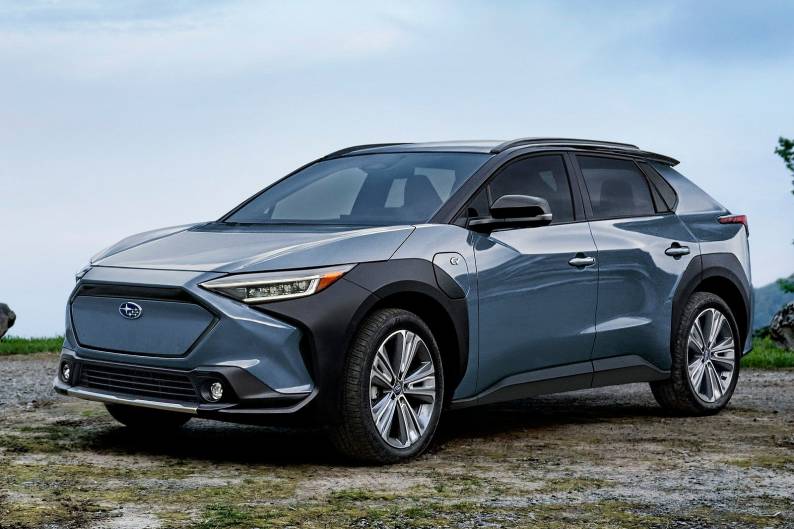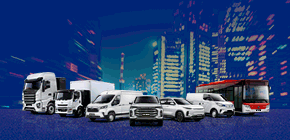The Japanese carmaker Subaru is making some changes at the top. Atsushi Osaki will replace current Subaru CEO Tomomi Nakamura in June 2023. According to the carmaker, the change at the top comes as Subaru moves toward electrification.
“We at Subaru want to survive the age of electrification by being nimble. We will put various systems in place while focusing on flexibility and expansion,” incoming CEO said at a press conference. Osaki has been with Subaru (formerly Fuji Heavy Industries) since 1988. In recent years, he held a series of senior quality management positions. Most recently, he was Director and Executive Vice President of the manufacturing division.
Subaru’s own media release only announces the change of chief executive, citing the company’s intention to develop a new management vision after the five-year implementation period of the mid-term management vision formulated in 2018 concluded. However, there are hints about Subaru’s direction under Osaki. According to Japanese broadcasting company NHK, Subaru is planning to build a new factory to produce electric cars in the Japanese prefecture of Gunma, which will go into operation in 2027.
At the beginning of the year, Toyota also announced a change in the chief executive post effective April 1. Toyota and Subaru currently offer virtually identical electric twins, the bZ4X and Solterra – Toyota also holds 20 per cent of Subaru.





















